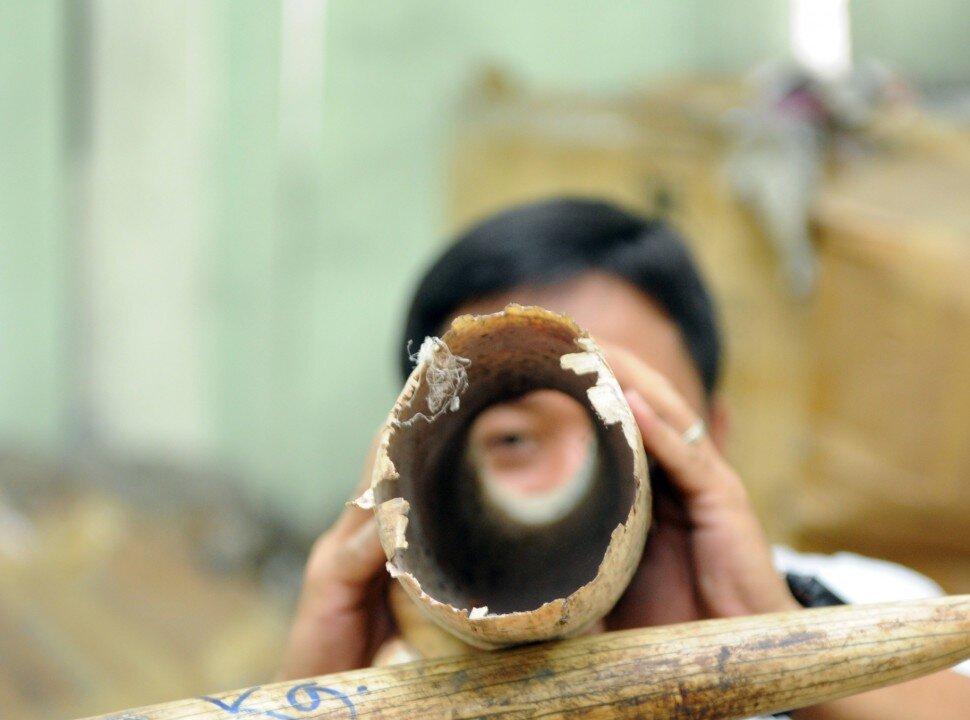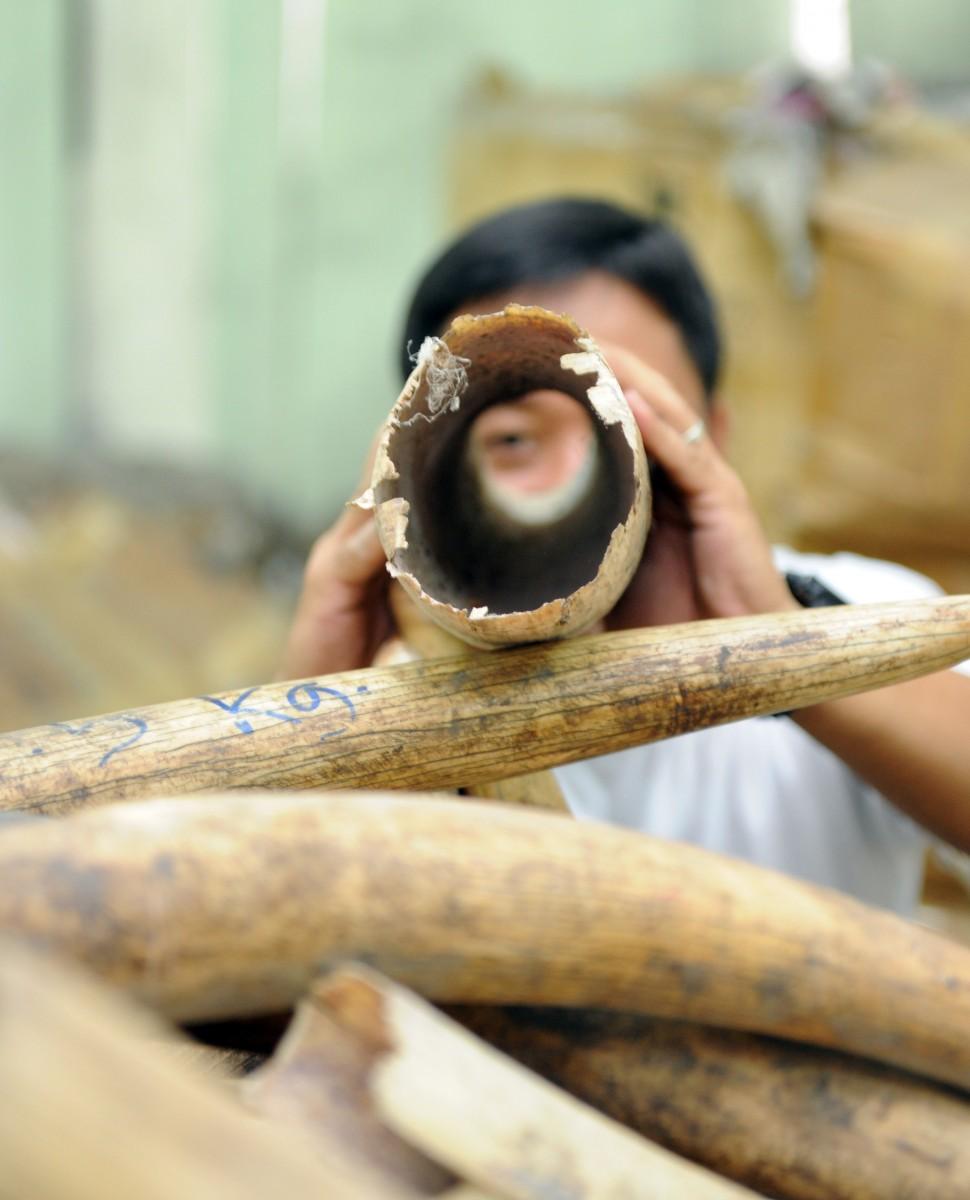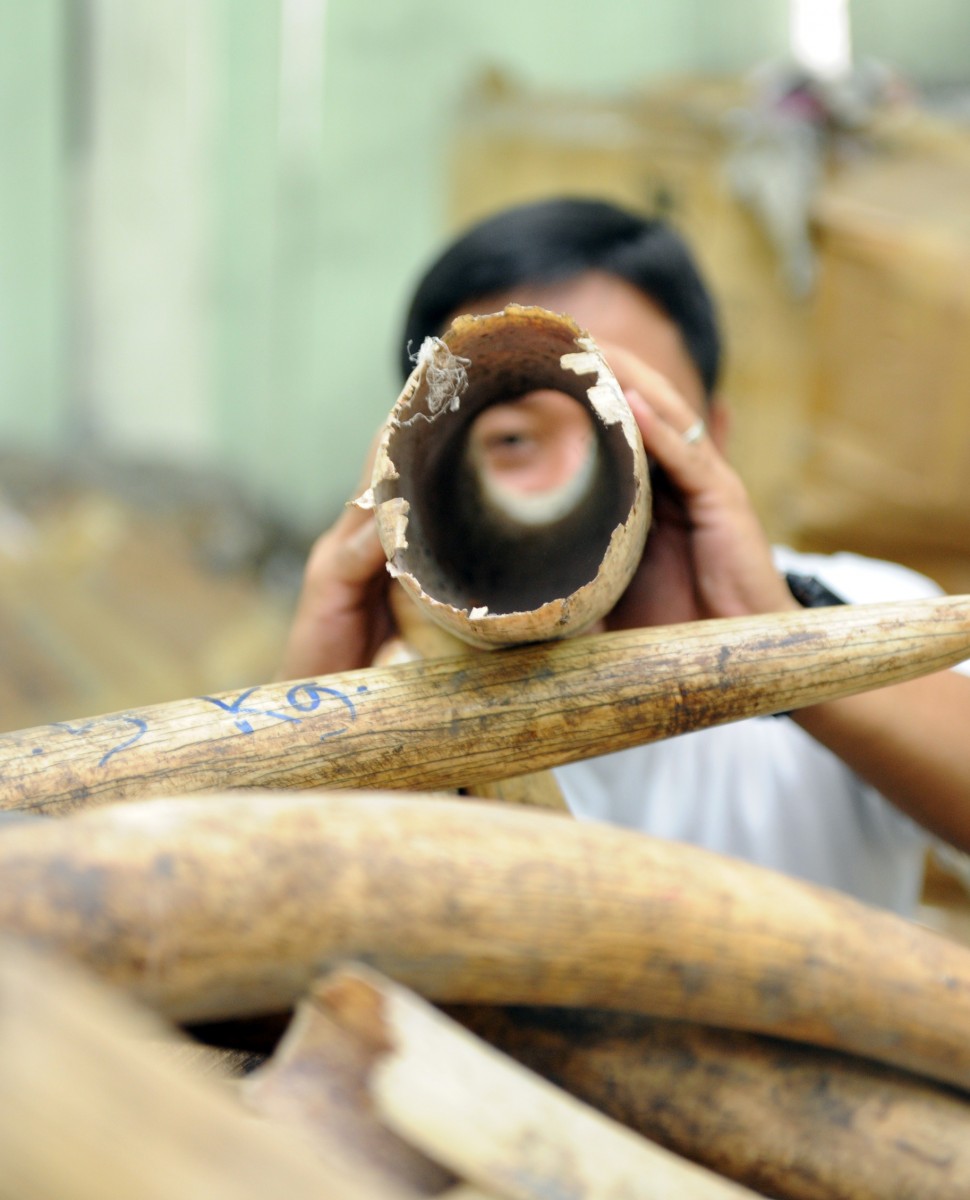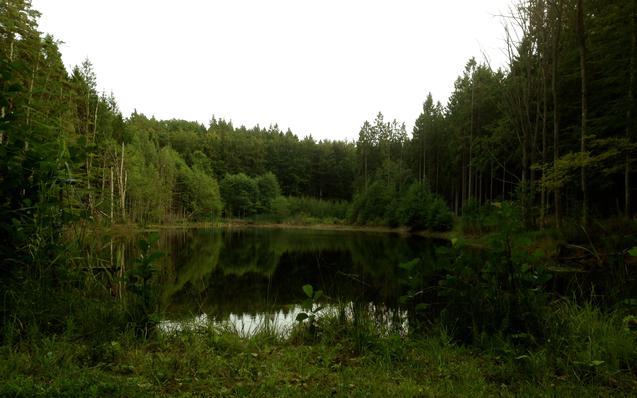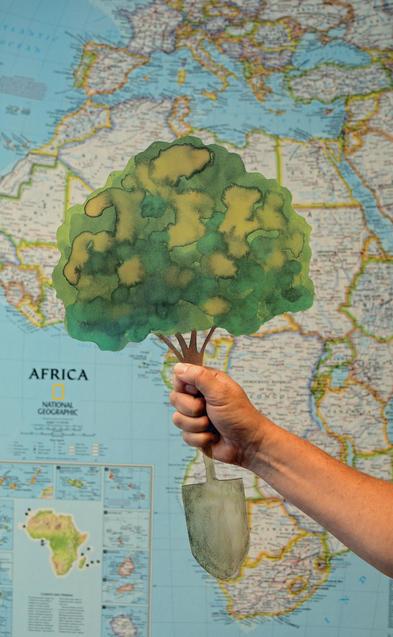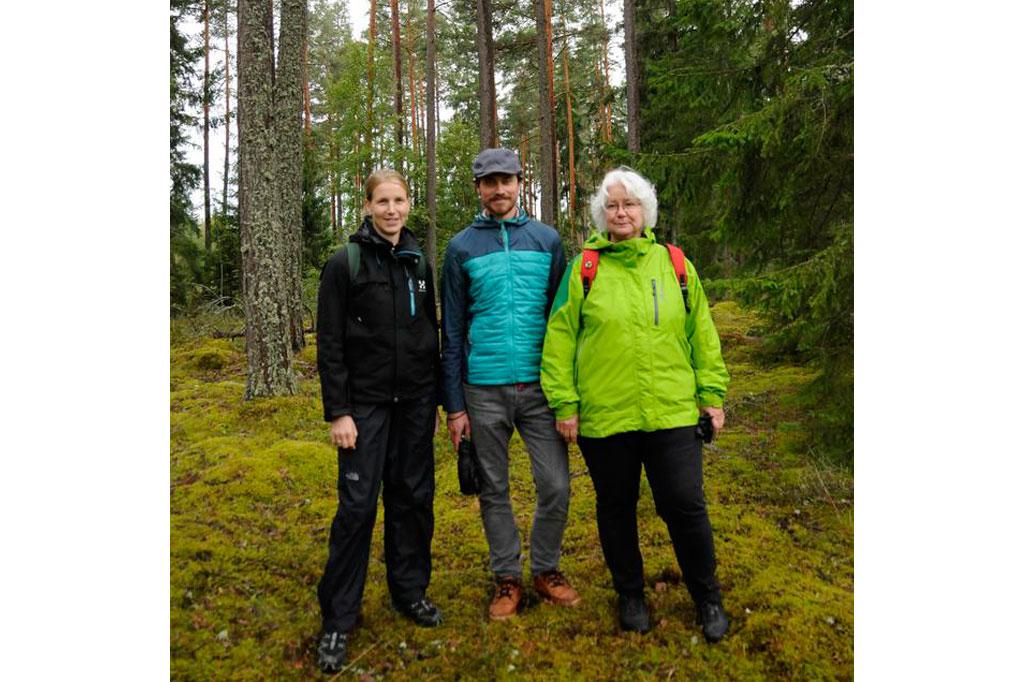While many governments around the world agree that wildlife trafficking is a serious problem, issues of jurisdiction often prevent action on the matter.
Source and consumer countries pass the blame back and forth, according to the World Wildlife Fund (WWF). The issue is also relegated to the realm of environmental organizations, and thus not seriously tackled by national or international law enforcement, says WWF spokeswoman Natalia Reiter.
“Wildlife trafficking is not seen as a serious crime,” Reiter said. “It is almost always seen by governments as exclusively an environmental problem and is not treated as a transnational crime and justice issue.”
A sign and symptom of government reluctance to take a serious legal stance on wildlife trafficking is the lack of participation consultant company Dalberg saw while working for WWF to form its December 2012 report, “Fighting Illicit Wildlife Trafficking: A Consultation With Governments.“
Most government representatives either did not respond to Dalberg inquiries, or declined to participate.
Adrian Hiel, European Union communications manager for the International Fund for Animal Welfare, says IFAW is working closely with Interpol, the international criminal police organization. The organizations are working together to hit the moving target of Internet sales operations.
“The Internet makes it easier than ever to connect buyers and sellers of rare items,” Hiel said. “Chasing these people is a constant never-ending battle as they change terms and websites.”
